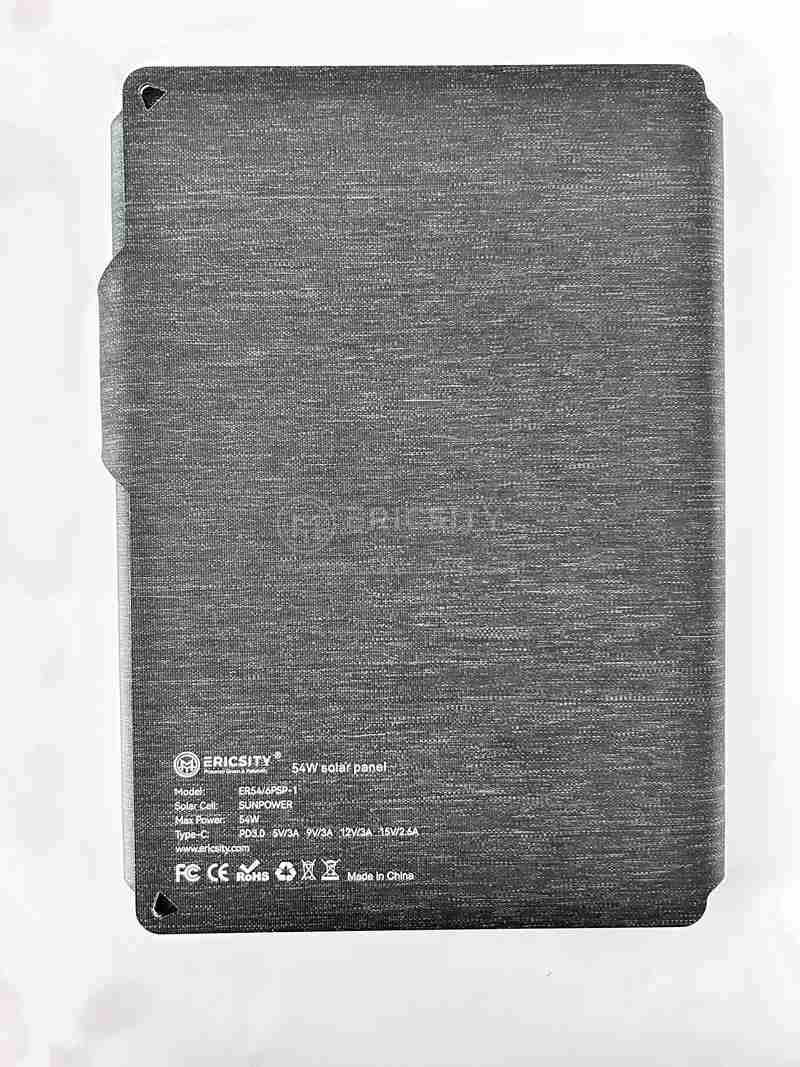HOT PRODUCT
Product Details
solar-powered Communication: Amorphous Flexible Panels For Connectivity
Solar-Powered Communication: Amorphous Flexible Panels For Connectivity
In our modern, technology-driven world, communication plays a crucial role in connecting people, businesses, and communities. However, providing reliable and sustainable power to support our ever-expanding communication networks can be a challenge in many areas. This is where the innovative concept of solar-powered communication, utilizing amorphous flexible panels, has emerged as a promising solution.
Amorphous flexible solar panels are a new generation of photovoltaic technology that offer several advantages over traditional crystalline solar panels. These panels are made from thin, lightweight materials that can be easily bent or curved, allowing for greater flexibility in their applications. This flexibility opens up a wide range of possibilities for integrating them into various devices and surfaces, including communication equipment.

One of the key benefits of using amorphous flexible panels for communication is their ability to generate electricity even in low-light conditions. Unlike crystalline panels, which require direct sunlight to operate at optimum efficiency, amorphous panels can produce electricity from diffused and indirect light. This makes them particularly well-suited for applications in areas with limited access to direct sunlight or those prone to cloudy weather.

The integration of solar-powered communication systems can provide reliable connectivity in remote or off-grid locations, where conventional power sources may not be readily available or economically viable. This is especially important in developing regions, where access to reliable communication networks can enhance education, healthcare, and economic opportunities for individuals and communities.
Amorphous flexible panels can be seamlessly integrated into existing communication infrastructure, including cell towers, base stations, and network equipment. These panels can be attached to the exterior surfaces of such equipment, taking advantage of unused areas to maximize energy generation. By harnessing solar energy, these panels can supplement or even replace grid-connected power sources, reducing operational costs and environmental impact.
Not only do amorphous flexible panels offer sustainable power solutions, but they also contribute to the conservation of conventional energy sources. By utilizing clean and renewable solar energy, the carbon footprint of communication networks can be significantly reduced. This aligns with global efforts to mitigate climate change and transition towards a more sustainable future.
Furthermore, the lightweight and flexible nature of amorphous panels make them ideal for mobile and portable communication devices. They can be integrated into backpacks, tents, or clothing, powering devices such as radios, satellite phones, or GPS trackers. This versatility enables communication in remote areas and emergency situations, where traditional power sources may not be available.

However, it is worth noting that amorphous flexible panels currently have lower energy conversion efficiency compared to crystalline panels. This means that a larger surface area is required to generate the same amount of power. Nonetheless, ongoing research and technological advancements are continuously improving the efficiency of amorphous panels, making them more competitive in the market.
In conclusion, solar-powered communication utilizing amorphous flexible panels offers an innovative and sustainable solution to address the power requirements of our communication networks. The ability of these panels to generate electricity in low-light conditions, their seamless integration into existing infrastructure, and their contribution to the conservation of conventional energy sources make them a promising technology for the future. As research and development in this field continues to progress, we can look forward to a more connected and environmentally friendly world.




